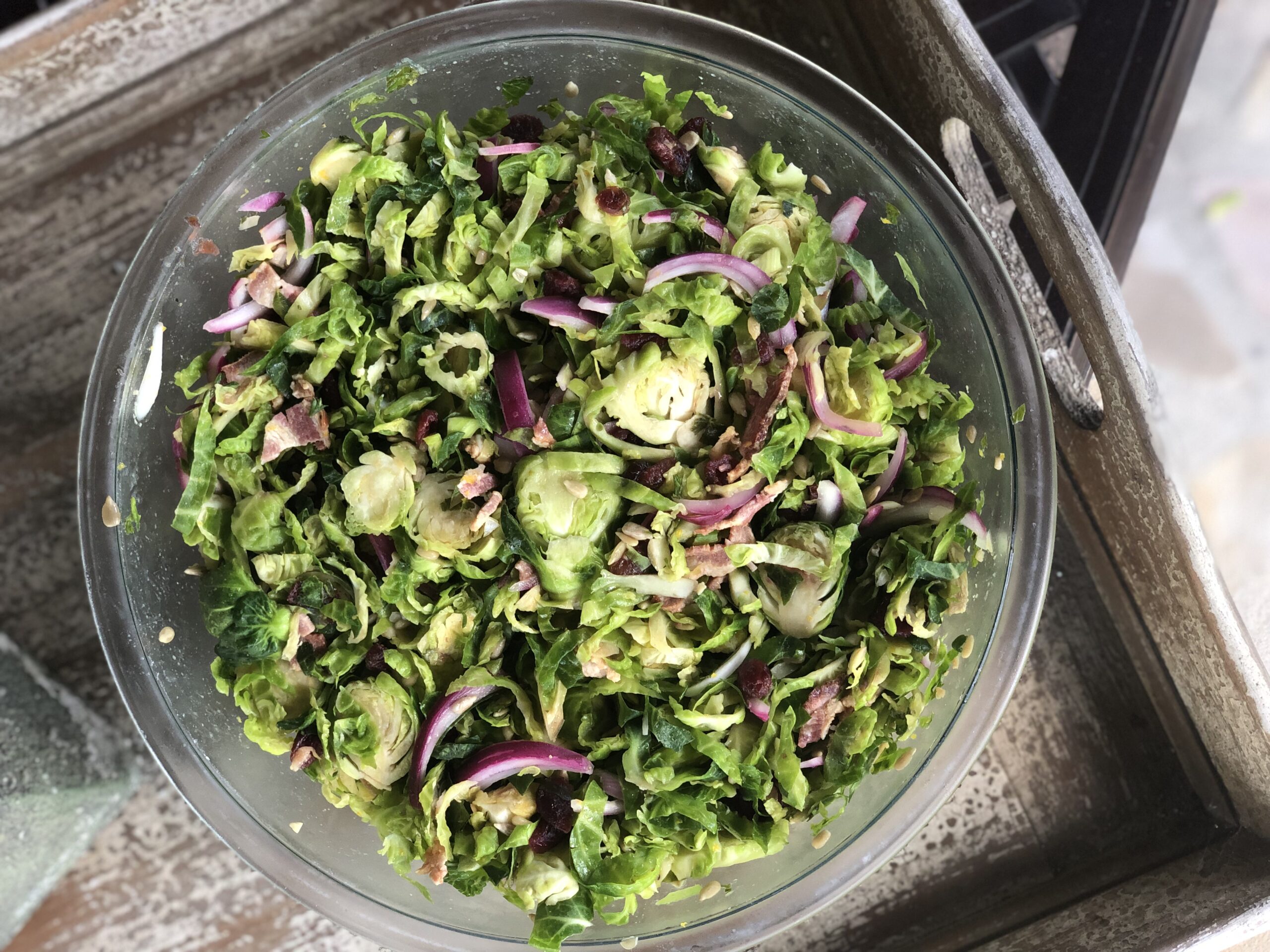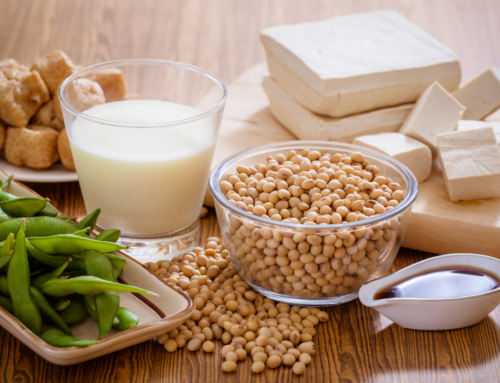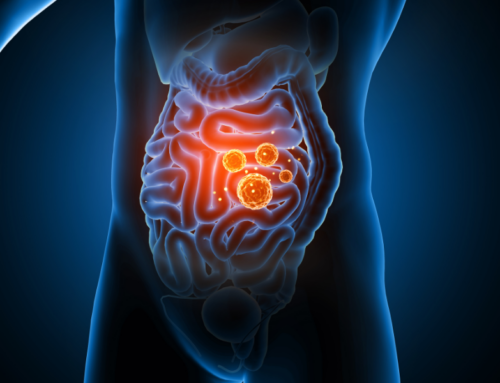
Nourishing Your Body: The Incredible Benefits of Whole Foods
Are you on a quest to eat better? If so, we have good news for you: the answer may be easier than you think–increase your intake of whole foods. Consuming whole foods provides solid nutrition, complete with beneficial nutrients and fiber. These in turn have positive effects on your gut health by easing digestion as well as absorption opportunities. In addition, blood sugar levels (often referred to as glucose levels) respond more positively to the inclusion of fiber-rich whole foods.
If your goals include more energy, better sleep, weight loss, clearer thinking, less cravings, improved skin health, a stronger immune system or better hormonal health, read on to find out how the simple change of including more whole foods can catapult you towards your goals.
Understanding Whole Foods
When we hear the term “whole foods”, we may first think of the large grocery chain (which actually contains a lot of items that aren’t “whole foods”!). But what exactly are “whole foods”? The term is generally defined as foods coming from nature, minimally processed, and in their purest forms. Often, the food itself serves as its own package versus requiring plastic wrapping. Examples include fresh fruits and vegetables, whole grains (such as oats, brown rice and barley), nuts, beans, fish, grass-fed meat, poultry and eggs. Because they are produced in nature along with the minimal processing, they still contain their original nutrients, whose natural compounds can be extremely beneficial for our health.
To fully understand the benefits of whole foods, let’s explore the alternative: processed and refined foods undergo significant alterations during manufacturing, often resulting in a loss of nutrients and fiber as well as the addition of artificial substances. Ultra-Processed People: The Science Behind Food That Isn’t Food reports a staggering statistic: the people in the West eat 80% of their calories as ultra-processes food.
This is significant, as there’s a distinct difference between the two and the impact they have on our bodies. Let’s take a look at the different areas:
Nutrient Content: Nutrient levels differ dramatically depending on whether they are whole or processed. In this case, consider eating strawberries vs. eating strawberry jelly.
- Whole Foods: These foods retain their original nutrient composition. For example, whole fruits and vegetables contain vitamins, minerals, fiber, and antioxidants in their natural form.
- Processed/Refined Alternatives: When processed, they often have reduced nutrient content due to refinement. Processing can remove fiber, vitamins, and minerals, leaving behind empty calories.
As in the case of the strawberries, you’re getting the purest form originally vs. removal of the “good stuff” plus additional sugars, stabilizers, etc.

Fiber Content: Fiber, a necessary component of our diet that a majority of people are lacking, is another big variable in choosing whole foods. Pizza Friday (or pizza anyday!) is popular. But did you know that there is only 1 gram of fiber in a slice of pizza from Domino’s Pizza?
- Whole Foods: Rich in dietary fiber, which is essential for digestive health, maintaining a healthy weight, and stabilizing blood sugar levels.
- Processed/Refined Alternatives: Often lack fiber, contributing to issues like constipation and potentially leading to overeating due to a lack of satiety.
Now for the good news: make your own whole wheat pizza at home, and you can reap the benefits of 6 grams of fiber per slice. Pizza can still be a solid option when made with some tweaks.
Added Ingredients: In a study done a few years ago, it was deemed that french fries were the most consumed vegetable by children1, a perfect example to explore. Yes, french fries are originally made by a whole food–potatoes–but the processing leaves them privy to additional ingredients, including refined oils and salt, sometimes sugar, sometimes additional flavoring.
- Whole Foods: Typically free from additives, preservatives, and artificial substances. The focus is on the inherent goodness of the food.
- Processed/Refined Alternatives: May contain added sugars, unhealthy fats, sodium, and artificial additives to enhance flavor, texture, and shelf life. These additions can have adverse effects on health.
Instead of eating french fries, consider having a whole baked or even a sweet potato. If the french fry desire is there, slice them, soak them, and cook them in an air fryer for a satisfying, healthy alternative!
Digestibility and Absorption: Poor gut health is said to be linked to most diseases, so it’s important to consider ease of digestibility and absorption. If you’re going to eat foods, you may as well get benefits from them!
- Whole Foods: Easily digestible*, allowing the body to absorb nutrients efficiently.
- Processed/Refined Alternatives: May be harder to digest due to the absence of fiber or the presence of additives that the body may struggle to process.
Thickeners and vegetable gums are added to many processed foods, including ice cream, margarine, salad dressings, mayonnaise, and more. They’re used with reason: they provide more structure to the food, and increase the suspension of added ingredients. However, they have been shown to cause digestive problems in some humans, again supporting the idea that whole foods are more recognizable and thus easier to digest by the body.
*People making a switch from a highly processed diet to a whole foods diet may experience a period of discomfort as their bodies adjust to the increased fiber.
Blood Sugar Impact/Glucose Levels: If you’ve heard of the Glucose Goddess or have seen the many commercials for continuous glucose monitors, you’ll know that this is a very hot topic these days as well. With good reason!
- Whole Foods: Tend to have a slower impact on blood sugar levels due to the presence of fiber, helping to maintain steady energy levels.
- Processed/Refined Alternatives: Can cause rapid spikes and crashes in blood sugar, contributing to energy fluctuations, feeling hungry soon after eating and cravings.
Aside from wearing a continuous glucose monitor and watching your glucose numbers … a much simpler alternative is to eat whole foods!

Ideas on incorporating whole foods
Now that you see the value in whole foods–what are some easy ways to incorporate them? The list is long, but here are some ideas for inspiration:
- Smoothies for breakfast, lunch or even a snack are a great way to incorporate MANY fruits and veggies. Beneficial add-ins can be seeds, nuts, nut butters, coconut, protein powder and much more.
- Oatmeal (especially using steel cut oats) plain with added berries and nuts or seeds is a great way to get in some grains + fruits and plant protein. Try to steer clear of packaged oatmeal because of unnatural additives and extra sugar.
- Vegetable platters served up with a homemade dip like hummus is an easy way to snack on whole foods.
- Salads are an obvious choice. Can you add some whole grains to up the ante? Don’t forget the nuts or seeds, or even a piece of salmon, some hard boiled eggs, tofu, etc. for increased whole foods and satiety.
- Consider varying up your cooking method. Try cooking greens vs eating them raw. Roast vegetables or even steam them. This adds variety and also allows you to try and see what you like.
- Homemade pizza using whole wheat flour is a solid option, too. Take it up a notch by topping it with lots of fresh vegetables.
- Fruit kabobs are a fun snack or can even serve as dessert.
The last takeaway we can’t forget is to read your labels. Find out what’s in the food you are eating. Does it contain more than 5 ingredients? Additives you cannot pronounce? Added sugar? Better yet, look for foods that don’t have labels; more likely than not, those are whole foods.
We make a choice every time we eat. Make it a good one!
This is for general informational purposes only and does not constitute any practice of medicine or professional health care services of any type. The use of information on this blog is at the user’s own risk. The content of this blog is not intended to be a substitute for professional medical advice, for diagnosis, or for treatment. Please seek the care of your health care professionals for any questions or concerns.








